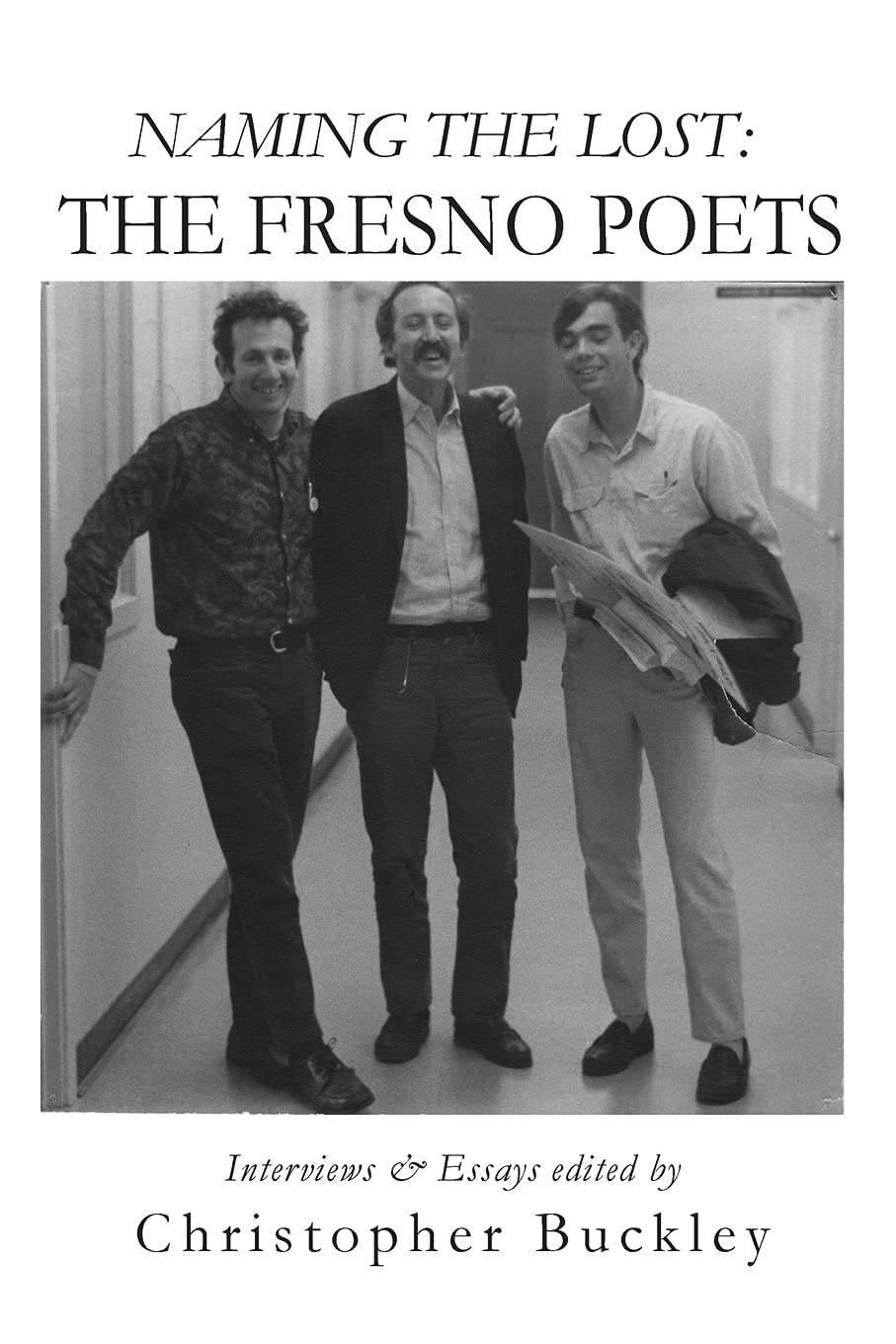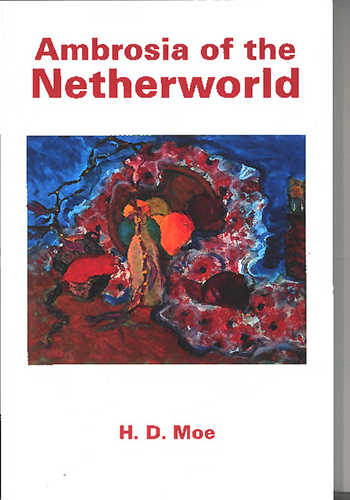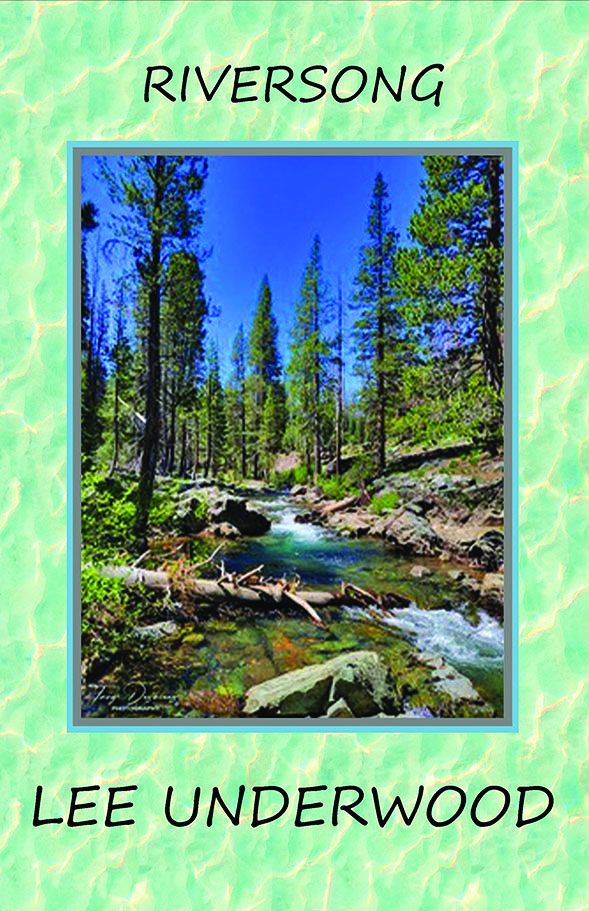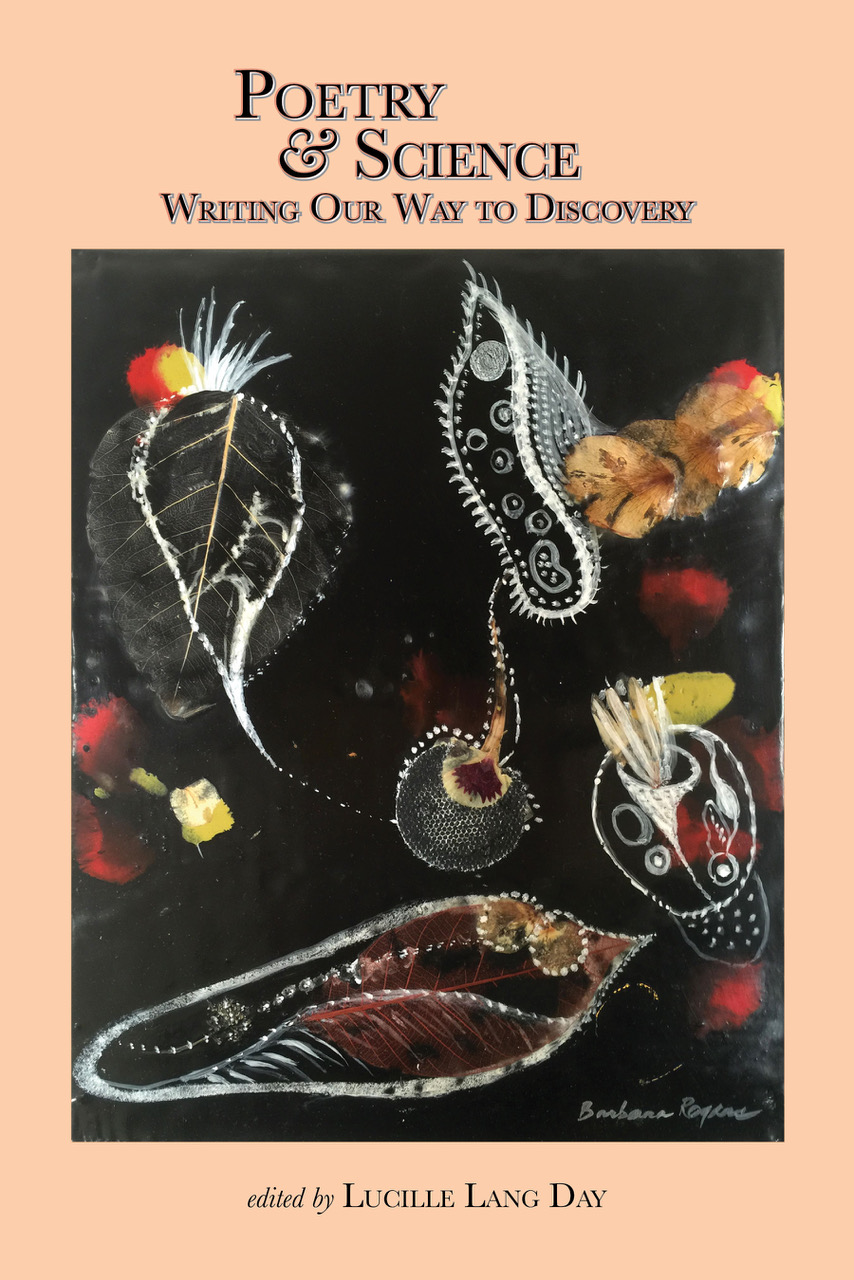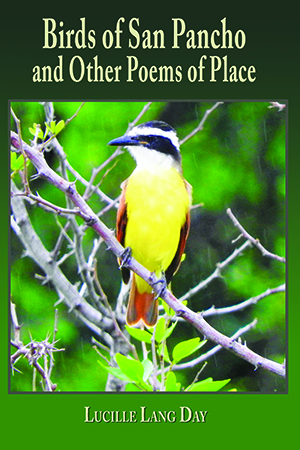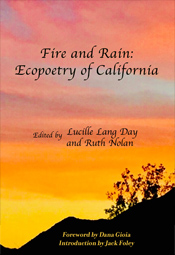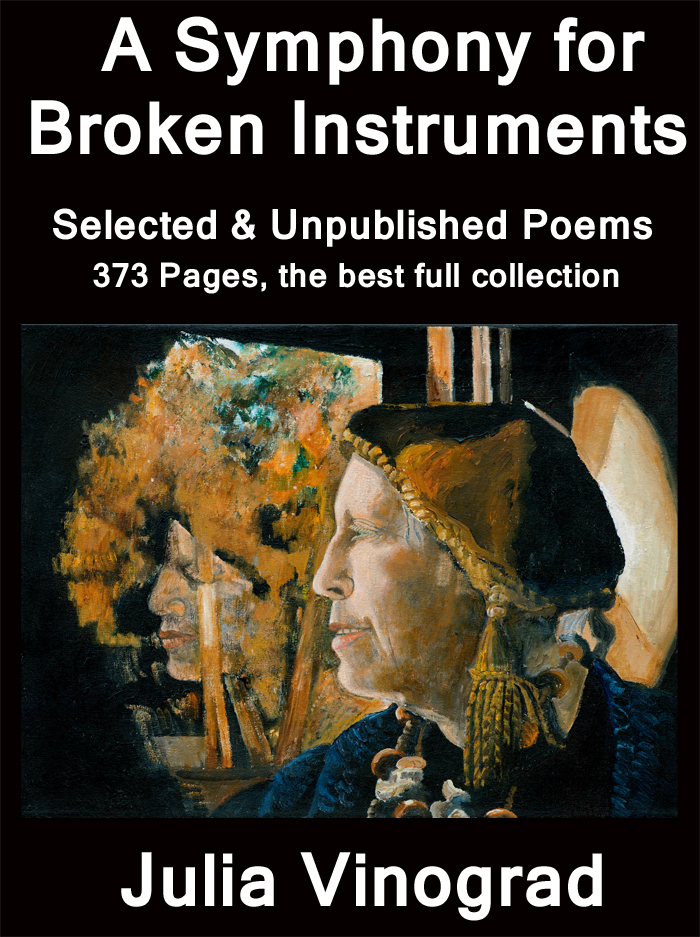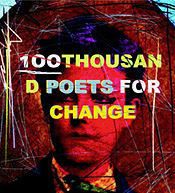Build Community Through Poetry

Support Poetry Flash's year-round literary programs, events, and publishing.

Three Musing Women: A Dickinson Triptych
by Sandra M. Gilbert
Pensive Spring: A Portrait of Emily Dickinson, October 19, 2010, a performance by Kathryn Roszak's Danse Lumière, featuring soprano Kristin Clayton, actress/choreographer Kathryn Roszak, dancer Hally Bellah-Guther, and pianist KristinPankonin, music composed by Gordon Getty from "The White Election," presented by Berkeley Chamber Performances, Berkeley City Club, Berkeley, www.dlkdance.com.
Three musing women dressed in Dickinson's iconic white, three arts of representation: Kathryn Roszak's Pensive Spring—A Portrait of Emily Dickinson, onstage at the Berkeley City Club on October 19, offered spoken, sung, and danced performances of magical words from the great poet's letters and poems. The three artists were alive with the intensity of imagination and feeling that animates all the writer's work. Kathryn Roszak's incarnation of the famous recluse is a woman of poise, maturity, wit, and (sometimes) wistfulness, far from the little "pattering" presence described by her sometime patron Thomas Wentworth Higginson. Her portrait of the artist in "pensive spring" locates Dickinson in a season of writing, reading, and reaching out to the world, with her extraordinary language uttered in rich, suave cadences. And these keenly shaped cadences are reinforced by Gordon Getty's music, vigorously rendered by Kristin Clayton's strong and skilled soprano.
Rendered with equal vigor at the piano by Kristin Pankonin, Getty's music also shapes and shadows the impassioned dancing of Hally Bellah-Guther, who sweeps across the stage like an embodiment of the yearning soul that Dickinson's poems often simultaneously reveal and conceal, as she tells "all the Truth" but "tell[s] it slant." Why did Dickinson take to wearing white from 1860 on? No one is completely sure, although she claimed "a White election." Was she the child she impersonated for Higginson? Was she a disappointed bride, like Dickens's Miss Havisham? Had she turned herself into a symbol of mystery, like Melville's Moby Dick? Or all of the above, and more?
Whatever the poet's secret was (and she herself boasted, "Big my Secret—but it's bandaged"), Roszak's thoughtful directing lures us to want to try to grasp it. And the inspired combination of speech, song and dance that the three white-clad performers present in their triptych beautifully emphasizes the enduring vision of a world elsewhere that Dickinson articulated in one of my favorites among her verses, a vision of "a morn by men unseen— / Whose maids upon remoter green / Keep their seraphic May," as well as her perpetual and poignant longing:
Like thee to dance—like thee to sing—
People upon the mystic green—
I ask, each new May morn.
I wait thy far—fantastic bells—
Announcing me in other dells—
Unto the different dawn!
We have to hope that Roszak's company, appropriately named Danse Lumière, will restage this mystic, musical triptych again soon. ![]()
Sandra M. Gilbert is the author of seven collections of poetry, including Belongings and Emily's Bread. Also a memoirist, fiction writer, editor and co-editor of books including The Norton Anthology of Literature by Women: The Traditions in English and The Madwoman in the Attic: The Woman Writer and the 19th-century Literary Imagination, she is Distinguished Professor of English Emerita at the University of California, Davis.






